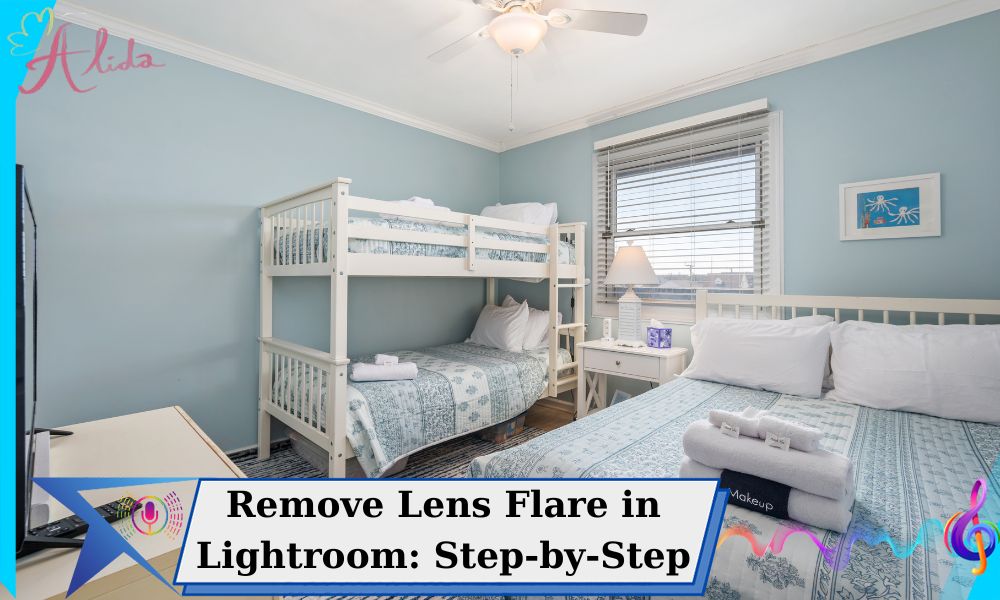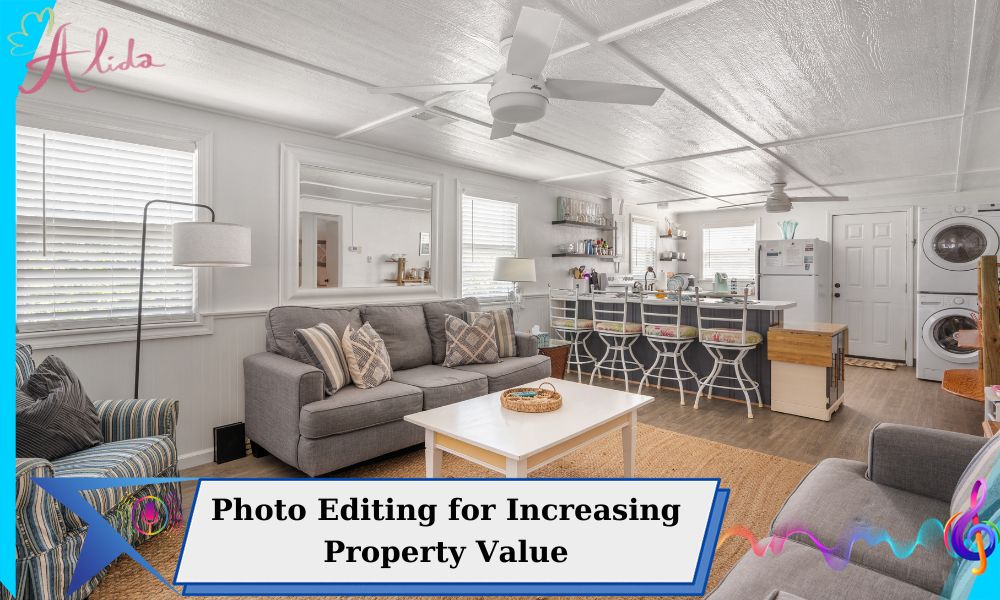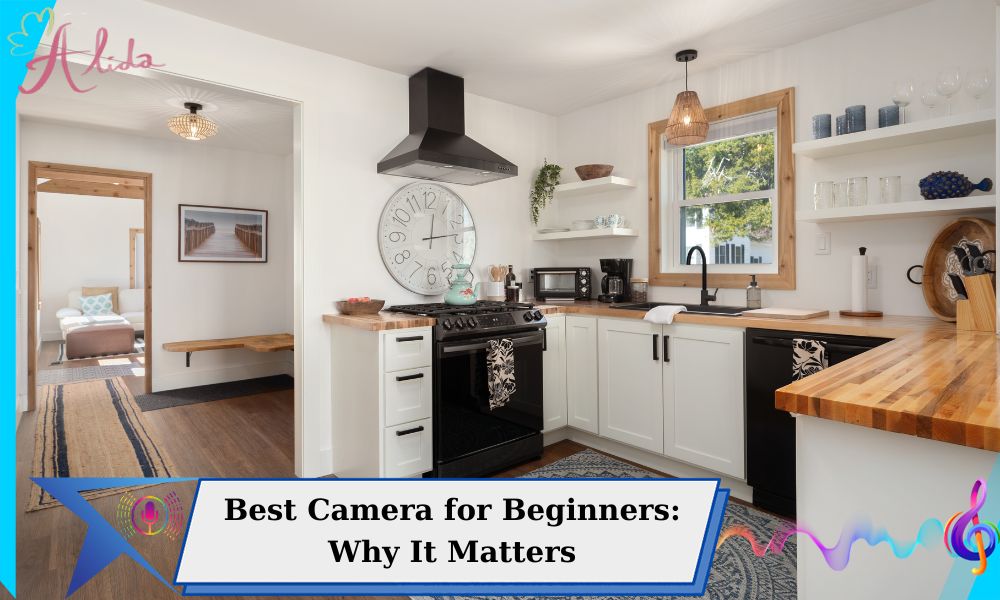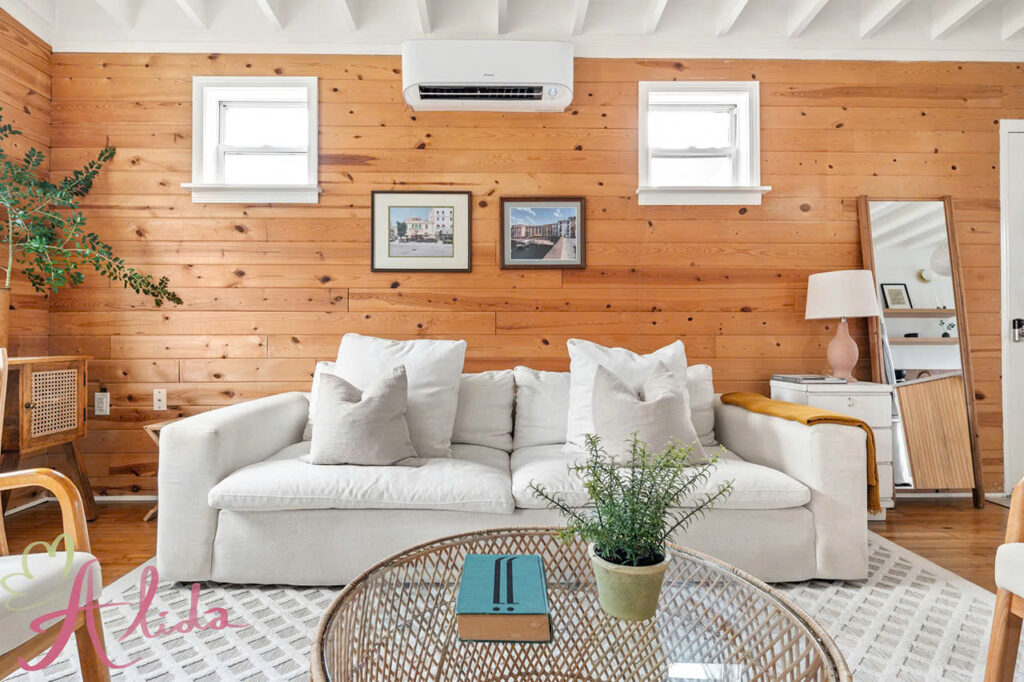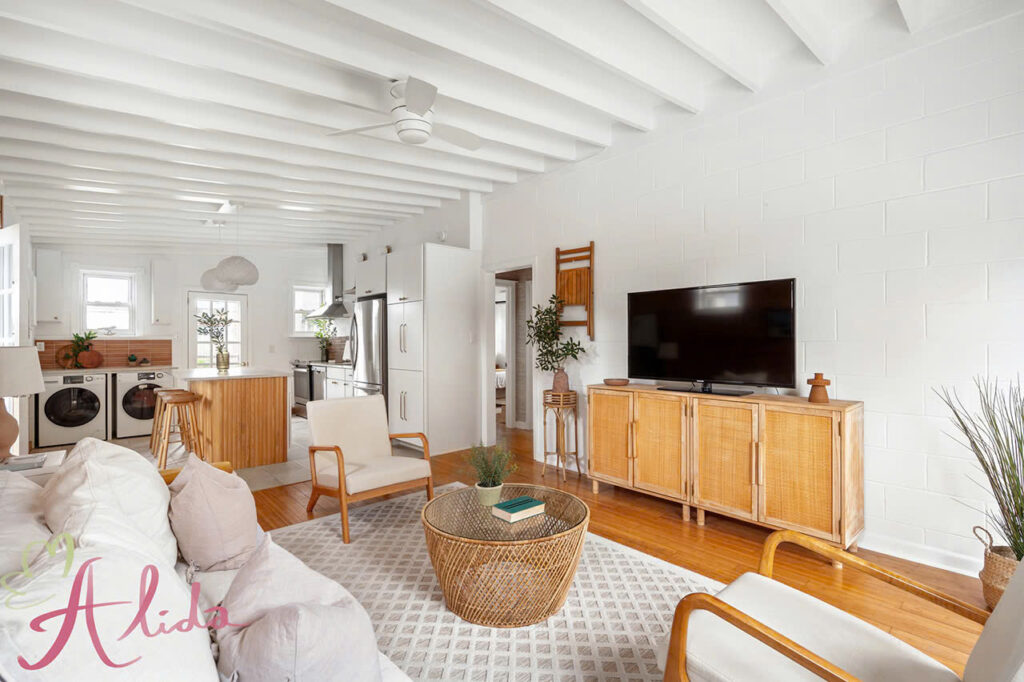In the real estate industry, high-quality images are crucial for making a strong first impression. The photos buyers see online often determine whether they will inquire about a property. Given the competitive market, mastering real estate photography tips can make a significant difference. Unlike regular photography, real estate photography requires specific techniques to optimize space, lighting, and overall appeal.

Real Estate Photography Tips: Preparation Before Shooting
Before you pick up your camera, preparation is essential. One of the top real estate photography tips is to start by decluttering and organizing the space. A tidy, well-arranged property creates an inviting atmosphere, allowing potential buyers to envision themselves living there. Ensure that interior furniture is strategically positioned to maintain an open and welcoming feel, avoiding any sense of crowding or emptiness. Additionally, pay attention to natural light conditions; the best time to shoot is during early morning or late afternoon when the light is soft and flattering, helping you avoid harsh shadows.
Real Estate Photography Tips: Using Light Effectively
One of the most vital real estate photography tips is mastering the use of light. Always take advantage of natural light by opening curtains and windows to allow the space to appear bright and spacious. If natural light is insufficient, use artificial lighting carefully, ensuring it’s evenly distributed to avoid sharp contrasts or shadows. Pay attention to the direction of the light—side lighting from a window tends to enhance textures and depth, while direct lighting can flatten the scene.
Real Estate Photography Tips: Camera Angles and Composition
Selecting the right camera angles can dramatically improve the quality of your real estate photos. Using a wide-angle lens is essential for capturing more of the space, especially in smaller rooms, making them appear larger than they actually are. Always shoot from the room’s corners to get the best perspective and provide viewers with a comprehensive view of the space. Follow the rule of thirds to create balanced and visually appealing shots. Don’t be afraid to try different angles and heights to discover the most flattering viewpoints.
Focus on the Details
Details matter. Highlight any unique features of the property, such as a fireplace, elegant staircase, or premium materials. Ensure these standout elements are captured prominently in your images. On the other hand, remove any distractions from the frame, such as unsightly cords, personal belongings, or clutter. These small details can make a big difference in how polished and professional the final images look.
Post-Processing and Editing
Even the best-shot photos can benefit from a little editing. Use software to adjust brightness, contrast, and colors to ensure the images look vibrant yet natural. One of the best real estate photography tips is to utilize HDR (High Dynamic Range) techniques, which balance light and dark areas in a photo, making it ideal for scenes with varying lighting conditions. However, be careful not to over-edit—maintaining a realistic and inviting appearance is key.
Advanced Technology
To take your property photography to the next level, consider using drones for aerial shots, especially for larger estates or properties with expansive views. Drone photography provides a unique perspective, helping buyers see the full scope of the property and its surroundings. Additionally, incorporating 360-degree photos can offer potential buyers a virtual tour, allowing them to explore the space more interactively.
Conclusion
Capturing stunning real estate photos requires preparation, attention to detail, and a solid understanding of lighting and composition techniques. With these real estate photography tips, you can create photos that not only attract potential buyers but also elevate the property’s perceived value. For optimal results, consider hiring a professional photographer or investing time in learning these skills to enhance your listings and speed up sales.
Related articles:
Maximize Property Appeal with High-Quality Real Estate Photo Editing
The Importance of Real Estate Photography: Professional Tips for Success

